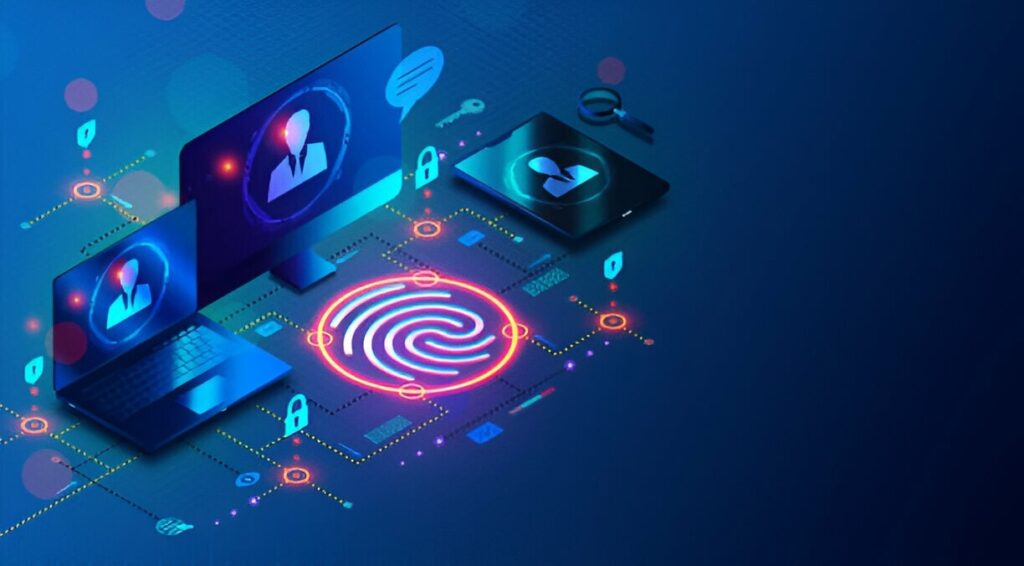In the ever-evolving landscape of modern business operations, where digital interactions dominate, the management of identities has become paramount.
Businesses are constantly faced with the challenge of ensuring secure access to their systems and data while adhering to regulatory requirements and maintaining operational efficiency.
Identity Lifecycle Management (ILM) emerges as a robust framework that addresses these challenges by providing a comprehensive approach to managing the entire lifecycle of digital identities within an organization.
Understanding Identity Lifecycle Management
Identity lifecycle management encompasses the processes involved in managing user identities from their creation to their eventual deactivation or deletion.
It involves not only the initial provisioning of user accounts but also the ongoing management of these accounts as users change roles, departments, or leave the organization.
At its core, identity lifecycle management aims to streamline identity-related processes, enhance security, and ensure compliance with organizational policies and regulatory standards.
Key Components of Identity Lifecycle Management
1. Identity Provisioning: Provisioning is the process of creating user accounts and granting access to resources based on predefined roles and permissions. This includes setting up new accounts for employees, contractors, or partners and assigning them the necessary privileges to perform their roles effectively.
2. Authentication and Authorization: Authentication verifies the identity of users attempting to access organizational resources, while authorization determines the level of access they are granted based on their authenticated identity. Implementing strong authentication mechanisms, such as biometrics or multi-factor authentication, enhances security and reduces the risk of unauthorized access.
3. Lifecycle Automation: Automation plays a crucial role in managing identity lifecycles efficiently. Automated workflows can streamline processes such as user onboarding, role changes, and offboarding, reducing administrative overhead and ensuring timely access provisioning and deprovisioning.
4. Role-Based Access Control (RBAC): RBAC is a method of restricting system access to authorized users based on their roles within the organization. By aligning access privileges with job responsibilities, RBAC enhances security and simplifies access management, reducing the risk of data breaches and insider threats.
5. Identity Governance: Identity governance involves the policies, processes, and technologies used to manage and control user access to resources. This includes defining access policies, conducting access reviews, and maintaining audit trails to ensure compliance with regulatory requirements and internal policies.
Benefits of Identity Lifecycle Management
1. Enhanced Security: By enforcing consistent access controls and authentication mechanisms, ILM strengthens security and reduces the risk of unauthorized access and data breaches.
2. Improved Compliance: Identity Lifecycle Management helps organizations comply with regulatory requirements by enforcing access controls, maintaining audit trails, and facilitating access reviews.
3. Operational Efficiency: Automation of identity lifecycle processes streamlines administrative tasks, reduces errors, and ensures timely access provisioning and deprovisioning, enhancing operational efficiency.
4. Cost Savings: By eliminating manual identity management processes and reducing the risk of security incidents, ILM helps organizations save costs associated with data breaches, compliance penalties, and inefficient resource allocation.
5. Enhanced User Experience: Seamless onboarding and access provisioning processes improve the user experience, enabling employees to quickly access the resources they need without unnecessary delays.
Implementing Identity Lifecycle Management
Implementing an effective identity lifecycle management strategy requires a holistic approach that addresses people, processes, and technology. Key steps include:
- Define policies and procedures: Establish clear policies and procedures governing identity management processes, including user onboarding, role changes, and offboarding.
- Select Appropriate Technologies: Invest in Identity and Access Management (IAM) solutions that support identity lifecycle automation, RBAC, and identity governance functionalities.
- Educate Employees: Educate employees about the importance of identity security and their roles in safeguarding organizational assets.
- Regular Audits and Reviews: Conduct regular audits and access reviews to ensure compliance with policies and regulatory requirements and identify and address security vulnerabilities.
The Evolving Landscape of Identity Management
With the proliferation of cloud services, mobile devices, and remote work, traditional identity management approaches are no longer sufficient to address the complex security challenges faced by modern businesses.
Identity Lifecycle Management must adapt to these changes by incorporating features such as:
- Cloud Identity Management: As organizations increasingly adopt cloud-based services, identity management solutions must support seamless integration with cloud platforms while maintaining security and compliance.
- Mobile Identity Management: With the growing use of mobile devices for work-related tasks, identity management solutions must provide secure access from any location and device without compromising security.
- Zero Trust Security: The Zero Trust model assumes that all users, devices, and networks are untrusted and verifies identity and access for every interaction. Implementing Zero Trust principles strengthens security and reduces the risk of unauthorized access.
- AI and Machine Learning: Leveraging AI and machine learning technologies can enhance identity management by detecting anomalous behavior, predicting security threats, and automating routine tasks.
Conclusion
In conclusion, identity lifecycle management is indispensable for modern businesses seeking to navigate the complexities of cybersecurity threats, regulatory compliance, and operational efficiency.
By implementing a comprehensive ILM strategy that encompasses people, processes, and technology, organizations can enhance security, ensure compliance, streamline operations, and improve the overall user experience.
As businesses continue to evolve in the digital age, prioritizing identity lifecycle management remains crucial to maintaining trust with customers and stakeholders while safeguarding sensitive information.
With the adoption of emerging technologies and the implementation of best practices, organizations can effectively manage the lifecycle of digital identities and mitigate the risks associated with identity-related security threats.

